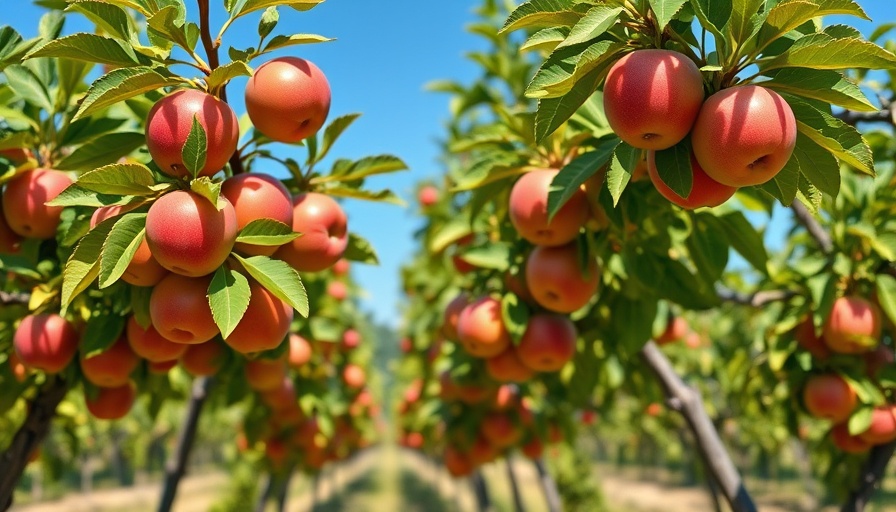
Understanding the Cooling Trends in Dairy Markets
The dairy market is in a transition phase this August, marking the first decline in farm milk prices since March. This shift comes on the heels of robust global milk production figures that have exceeded expectations, coupled with an abundant supply of cream. As a direct result, butter prices are taking a hit.
The Price Movements of Dairy Products
The milk price from Royal FrieslandCampina for August is set to drop, albeit cautiously, by €0.50 to €56.25 per 100kg, excluding VAT. A-ware is lowering its price even more steeply, by €0.75. This decline brings the weighted price (WP) for August to €59.44 per 100kg of milk. However, it is noteworthy that the prices for organic milk are holding steady, and Eko-Holland’s organic milk price is even seeing a slight increase of €0.40, now reaching €69 per 100kg.
Butter Prices Reflect Current Market Conditions
In mid-June, the price of fresh butter peaked at €740 per 100kg. Since then, it has followed a downward trajectory, falling significantly below €700 but remaining historically high when compared to previous years. Notably, during the same period last September, butter prices skyrocketed to €810 per 100kg. Industry expert Martin Valstar from ZuivelNL suggests that the current summer dip in prices can be partly attributed to an unexpectedly stable milk supply and ample availability of fresh cream, which exerts downward pressure on butter prices.
Global Influences on Dairy Production
In June alone, the U.S. saw a 3.3% increase in milk production compared to the same month in the previous year, while New Zealand also reported solid production figures. Contrastingly, Dutch production showed only a mild decline of 0.6%, similar to May’s performance. These variations create differing dynamics in dairy supply across regions.
The Uncertainty of Milk Powder Pricing
The European Union (EU) is experiencing challenges in the milk powder market due to uncertainty surrounding a trade agreement with the United States and a weak dollar, which has made American milk products competitively favorable. This has pressured dairy producers to adjust prices to remain viable. Valstar mentions that the prices for skim milk powder have remained stagnant for nearly two years.
Positive Trends for Other Dairy Products
On a more upbeat note, prices for skim milk powder intended for animal feed are witnessing an upward trend. This is likely due to previous dips in pricing leading to attractive market conditions, prompting livestock feed producers to bid higher. Interestingly, prices for products targeted at animal consumption are now exceeding those meant for human consumption.
The Impact of Trade Policies on Market Stability
The ongoing trade tensions initiated by former U.S. President Donald Trump are still casting a shadow over the dairy sector. According to Klaas Johan Osinga, an international policy specialist at LTO Nederland, changes in international trade laws and tariffs significantly affect market conditions, compounding the issues already faced by dairy farmers. As agrarians, understanding these market shifts offers a clearer view of the next steps in navigating challenges within the industry.
Decisions Agrarians Must Consider
As dairy prices fluctuate, farmers need to stay informed and reactive. Strategies might include diversifying product lines or exploring new markets to mitigate risks associated with sudden price drops. Keeping abreast of international market trends and adjusting operations accordingly will be crucial as they navigate through these changing conditions.
In conclusion, the dairy market is experiencing cooling trends influenced by skyrocketing production rates and external economic pressures. Adapting to these evolving circumstances is imperative for agrarians aiming to maintain stability and profitability. Stay informed about these market movements as they can have significant implications for your business decisions moving forward.
 Rij toevoegen
Rij toevoegen






Write A Comment